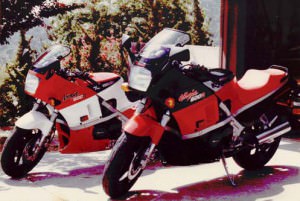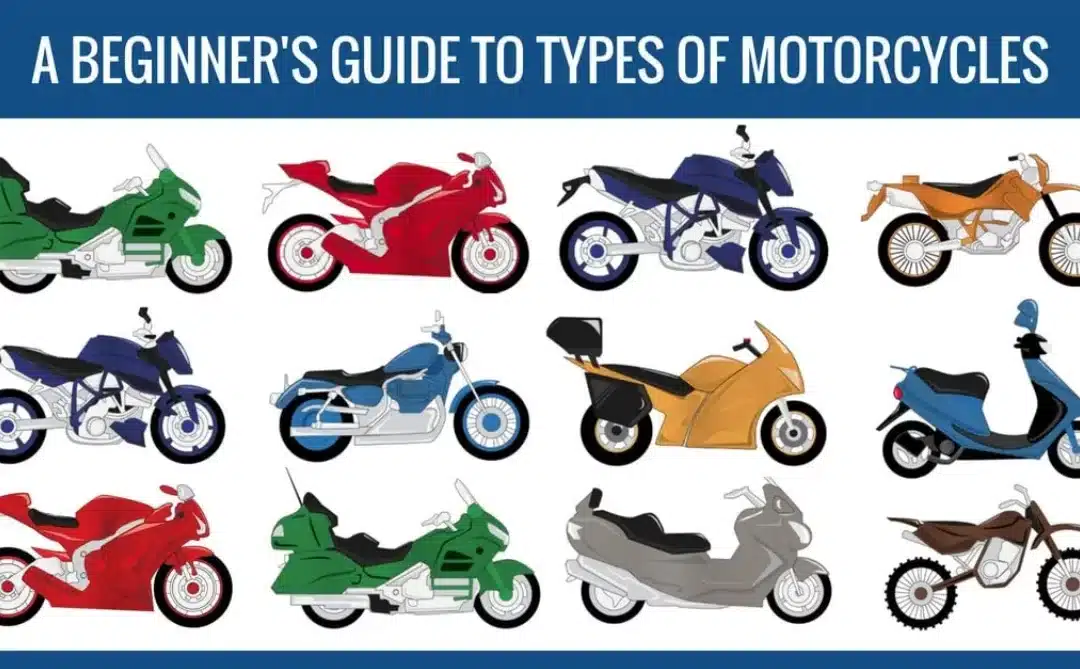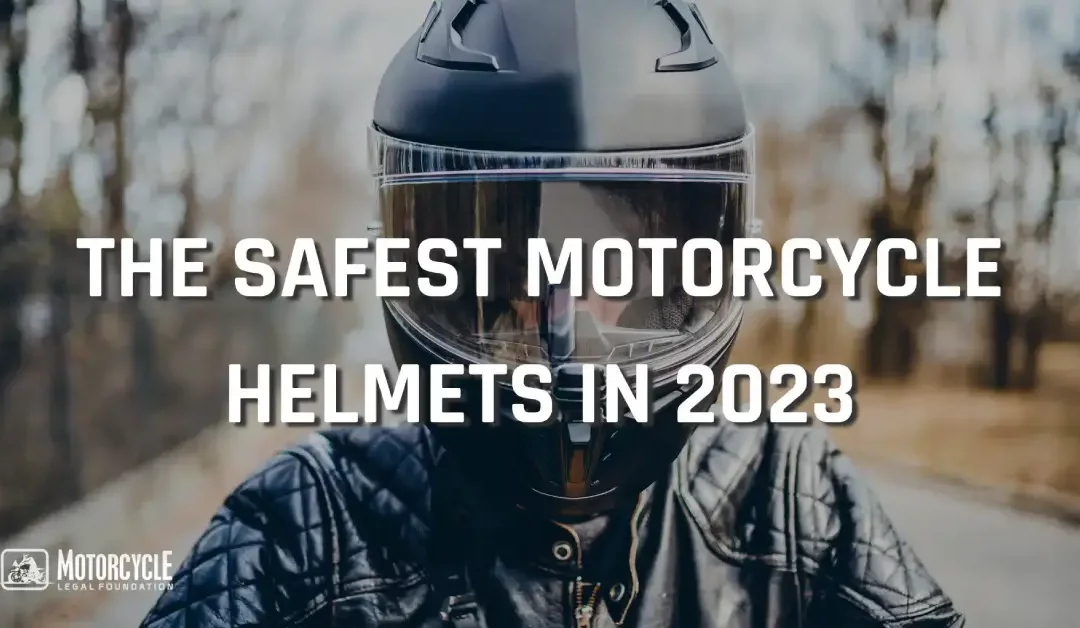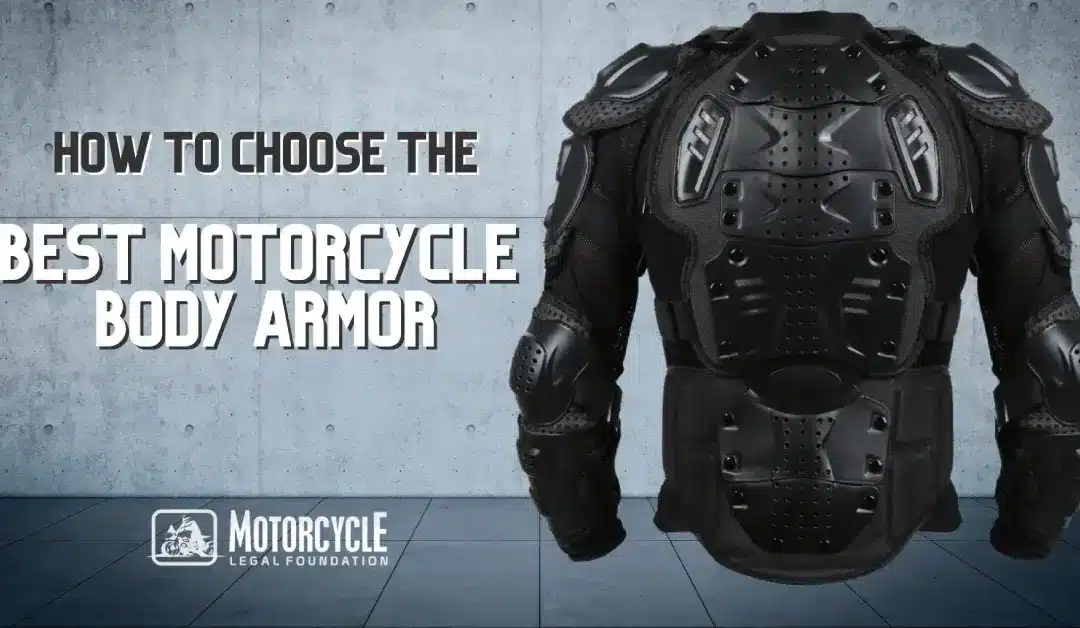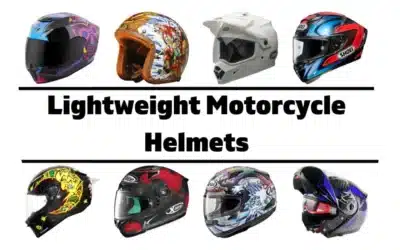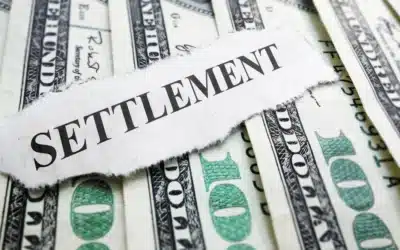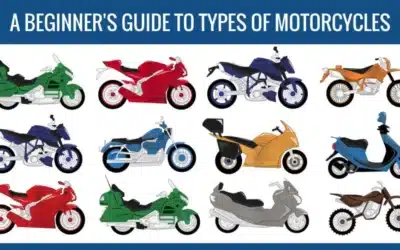A recognized motorcycle expert told me about an international conspiracy involving motorcycle manufacturers with a plan to take over the motorcycle industry by selling young riders dangerously uncontrollable motorcycles. Even in the hands of experts, these motorcycles are so wicked fast that they cause deadly crashes. No one has the skill to control them, because they are so fast and powerful. In short, they’re killing our kids.
This was an actual conversation I had with a motorcycle expert sometime in the 1980s, about the time that John Danforth was proposing legislation to ban Japanese superbikes. I think that Senator Danforth was a patsy, set up by the Insurance Institute for Highway Safety (IIHS), the insurance industry nonprofit. Since its inception in 1959, the IIHS has been focused on promoting the interests of insurance companies through press releases, publishing its crash-test results, and reports from its Highway Loss Data Institute (HLDA).
While the IIHS has almost an ambiance in the press that is somewhere between the federal government and Consumer Reports, in fact it has never been more than a spokesperson for big auto insurance carriers. The addition of the Highway Loss Data Institute allows the IIHS to effectively quote itself, with statistics tailored to support any claim they want to make. Certain topics have been a consistent part of the IIHS platform since day one.
No one should be surprised that motorcycles are not a favorite of the Insurance Industry, except when it comes to advertising for premium dollars.
In the early to mid ’80s, the IIHS put out a film prominently featuring canyon racing in the Los Angeles Area. The theme of the movie was the shocking speed and danger involved in Japanese superbikes that were being sold to American kids just old enough to drive. The IIHS accompanied the film with seriously flawed statistics showing that the Japanese superbikes were overwhelmingly the source of motorcycle deaths, and they started a whispering campaign highlighting specific instances of death by superbike.
Soon it was commonplace to hear stories. One kid bought a superbike as a first motorcycle, and was killed leaving the shop. Another rider left 150 feet of motorcycle and tissue scrapings leaving Laguna Seca Raceway. A certain superbike averaged two weeks from purchase before a rider was dead. Even the best test riders were refusing to ride these too fast motorcycles.
Of course, the anti-Japanese import tone of the period was the attractive sub-plot.
The Danforth Anti Superbike Bill
John Danforth, a senator from Missouri, quickly patched together a bill to limit these motorcycles. He was genuinely so concerned and so naive, that after viewing the IIHS materials, he introduced his bill. It never occurred to him that there might be a motorcycle enthusiast lobby. To his credit, he withdrew the bill when the motorcycle industry responded with the facts.
Fortunately, Harry Hurt and others were able to show that, not only was the IIHS data flawed, but in fact the larger motorcycles were statistically safer than the smaller bikes promoted by the IIHS. The bill died a quick death, and life goes on. Are we done?Nope, not yet.
In 1998, the French Industry Commission proposed setting a power limit on motorcycles of 100 bhp. The Dutch Road Vehicles Research Institute produced a timely study concluding that there was no relationship between amount of engine power and accidents. Simon Wilward, of the Federation of European Motorcyclists, described this as common sense, noting that most accidents involve smaller motorcycles and are the result of error not just on the part of motorcyclists, but also drivers of cars. In a replay of the U.S. experience, data seems to have saved the day.
The IIHS never gives up. A 2007 IIHS special report regarding “superbikes” claims “these machines are designed for the racetrack but you’ll only find them on the highway. Supersport motorcycles have engines that deliver more horsepower per pound than a typical NASCAR vehicle, reaching speeds of nearly 190 miles per hour, and some of their riders treat public roads like private racecourses.” And an IIHS website FAQ repeats the sportbike libel:
“Motorcyclists who drive supersport motorcycles, which make up a small fraction of registered motorcycles, are overrepresented in fatal crashes. The driver death rate per 10,000 registered motorcycles for supersports is about 4 times higher than the rate for motorcyclists who ride cruisers, standards, or touring bikes.
“The driver death rate per 10,000 registered motorcycles for sport motorcycles is about 2 times higher than the rate for drivers of cruisers, standards, or touring bikes.”
The data (which is mostly from the HLDI) now is no better than it was then. In some ways, it may be worse, because the study completed by Harry Hurt in 1981 was relatively fresh. The motorcycles attacked by the IIHS in the ’80s had up to 130 horsepower. Today, that is not such a big number.
John Danforth is gone from the scene and now practices law in Saint Louis. The 1987 Ninja that the IIHS attacked so vehemently is a museum piece.
At the end of the day, as motorcycle riders we face ongoing threats to our enjoyment of riding. Organizations such as the AMA, and enthusiast publications such as CityBike are our best protection (God help us all!–ed.).
Senator Danforth was contacted for, but did not want to recall his interaction with the IIHS for this article. It is hard to blame him. We invite the IIHS to respond to this column.
Originally written for CityBike Magazine

